Next week, the Consumer Technology Association (CTA) will convene CES, the Consumer Electronics Show, where over 180,000 tech-minded people from around the world will convene to kick the tires on new TVs, games, smart home devices, 5G connections, 3-D printing, drones, and to be sure, digital health innovations.
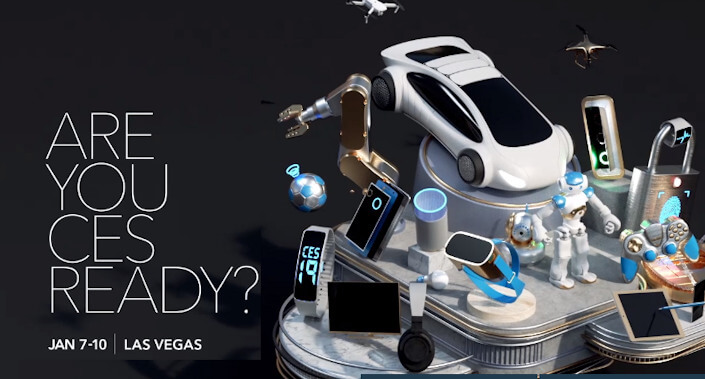 At #CES2020, exhibitors in the health/care ecosystem will go well beyond wearable devices for tracking steps and heart rate. I’ll be meeting with wearable tech innovators along with consumer electronics companies and retailers. I’ve also scheduled get-togethers with pharma and life science folks, health plan people, and execs from consumer health companies.
At #CES2020, exhibitors in the health/care ecosystem will go well beyond wearable devices for tracking steps and heart rate. I’ll be meeting with wearable tech innovators along with consumer electronics companies and retailers. I’ve also scheduled get-togethers with pharma and life science folks, health plan people, and execs from consumer health companies.
And with organizations you might not yet connect to health, well-being, and medical care.
Mainstream media have been covering every angle on CES for the past few weeks. Entrepreneur identified five innovations that will dominate CES 2020, and I see health/care in all of them: wearable AR/VR, autonomous farming, IoT in the kitchen, personal translators, and remote health monitoring. Forbes ran a column on CES 2020 discussing AI in hearing and vision. Hearables have been emerging at CES for a few years, and now vision will be a newer category to watch. (As a sidebar, note that the American Girl Doll of the Year for 2020 is Joss, who surfs and wears a hearing aid).
And in FierceHealthcare, CTA President Gary Shapiro wrote this column last week on how technology is a key to enabling value-based care.
 To give you a sense of how health and wellness at CES have grown since 2013, consider Asthmapolis, a pioneer in digital respiratory health. At CES 2013, David Van Sickle, CEO and founder of Asthmapolis, spoke in a CES keynote panel about the usefulness of health data in the cloud. Later in 2013, Asthmapolis changed its name to Propeller Health. The company was acquired by ResMed exactly one year ago during CES 2019. Subsequently, ResMed joined with Dr. Oz to launch SleepScore Labs – an exhibitor at CES 2020 in the fast-growing sleep category at the Show.
To give you a sense of how health and wellness at CES have grown since 2013, consider Asthmapolis, a pioneer in digital respiratory health. At CES 2013, David Van Sickle, CEO and founder of Asthmapolis, spoke in a CES keynote panel about the usefulness of health data in the cloud. Later in 2013, Asthmapolis changed its name to Propeller Health. The company was acquired by ResMed exactly one year ago during CES 2019. Subsequently, ResMed joined with Dr. Oz to launch SleepScore Labs – an exhibitor at CES 2020 in the fast-growing sleep category at the Show.
Healthcare is getting serious at #CES2020, blurring into the medical and FDA regulated turf which Omron pioneered last year launching its 80+-patented blood pressure watch, the HeartGuide. This year, Omron garnered a CES 2020 innovation award nomination for its new “Complete” device embedding EKG with the blood pressure monitor.
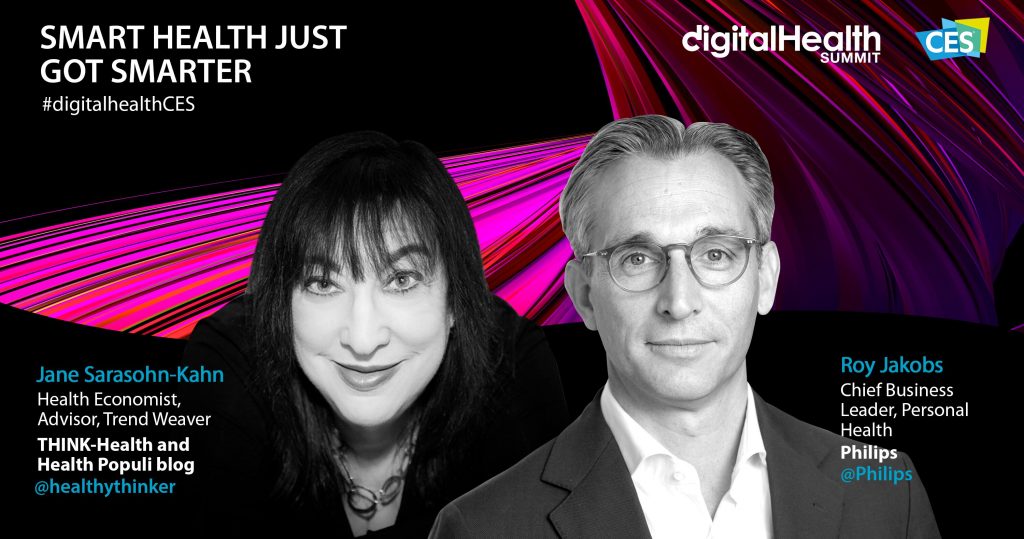 Heart monitoring is now table stakes for wearable tech in health, with many wrist-worn wearables tracking heart rate. The signal that CTA “hearts” health this is year is that CTA is partnering with the American College of Cardiology to grant physicians attending CES to earn Continuing Medical Education credits as part of a new “Disruptive Innovations in Health Care” conference. This is something that we forecasters would have put in the “wild card” category nine years ago. The agenda for that session looks like a blur between HIMSS, Health 2.0, Connected Health and the ATA Conference – covering digital health and value-based care, reimbursement, home care, and clinician/technology partnerships. I have also heard that several hundred physicians are signed up to attend CES – again, showing this meeting has become an important forum for healthcare. The Digital Health Summit celebrates a decade at #CES2020, and I’ll be participating in this all-health-meeting within CES, as well — especially looking forward to brainstorming “Smart Health Just Got Smarter” with Roy Jakobs who leads Philip’s consumer health business.
Heart monitoring is now table stakes for wearable tech in health, with many wrist-worn wearables tracking heart rate. The signal that CTA “hearts” health this is year is that CTA is partnering with the American College of Cardiology to grant physicians attending CES to earn Continuing Medical Education credits as part of a new “Disruptive Innovations in Health Care” conference. This is something that we forecasters would have put in the “wild card” category nine years ago. The agenda for that session looks like a blur between HIMSS, Health 2.0, Connected Health and the ATA Conference – covering digital health and value-based care, reimbursement, home care, and clinician/technology partnerships. I have also heard that several hundred physicians are signed up to attend CES – again, showing this meeting has become an important forum for healthcare. The Digital Health Summit celebrates a decade at #CES2020, and I’ll be participating in this all-health-meeting within CES, as well — especially looking forward to brainstorming “Smart Health Just Got Smarter” with Roy Jakobs who leads Philip’s consumer health business.
Year on year for the past decade, digital health has grown at CES: this year will the category will expand by 25% which is the kind of growth seen since I began to attend the conference nine years (and about 30,000 fewer attendees) ago.
I called out this growth and importance of CES for health/care in my book, HealthConsuming: From Health Consumer to Health Citizen, published in May 2019. I am gratified that the book was chosen for Gary’s Book Club at CES 2020, where I’ll be interviewed by CTA’s Kinsey Fabrizio (who has driven health and fitness at the Association for many years) and do a book signing. Aside from feeling excited and humbled by this on a personal level, it’s important to see this choice of a book theme by CTA as recognition that health/care, for both self-care DIY and clinical medical applications, make up an important component of the consumer electronics industry.
Here is my pre-look into what I expect to explore at #CES2020 through my health/care-is-everywhere lens…
The next era for health-wearables isn’t about the wearable device — it’s about the data. A recent blog from Valencell, a long-time digital health exhibitor at CES, pointed out “why this time is different for wearables.” The essay pointed out four factors identified by Andreessen Horowitz’s Vijay Pande: machine learning, biometric sensor data, at scale, in context. Vijay observed that it’s the aggregation of data emanating from wearable tech and remote health monitoring devices, along with other observed behavior from, say, voice tech or driving a car, that’s driving the next phase of wearable tech growth.
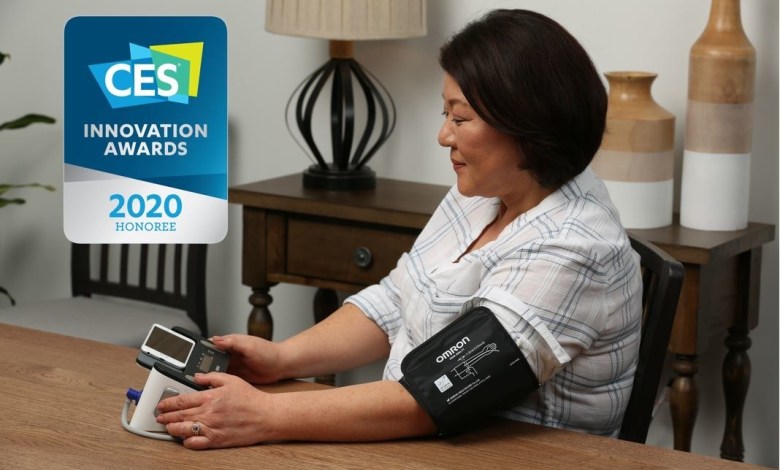 Digital Swiss Army knives for health: devices do more. The launch of Omron’s Complete is an FDA-cleared innovation so it’s clinically accurate for healthcare providers to trust in their workflow. The product combines blood pressure monitoring and EKG in one device. This is significant for medical care, addressing the public health challenge of AFib, atrial fibrillation, which is a risk factor for increased risk of stroke and heart failure. Complete is an early example of a concept that does “more than one thing.” Just as we see with polypills in pharmacy – therapies that address more than one condition, making it easier for patients to be adherent to prescription drug regimes – having digital health tools that serve more than one function adds value to the wearable or monitoring device, serving up greater convenience and value to the patient and the provider.
Digital Swiss Army knives for health: devices do more. The launch of Omron’s Complete is an FDA-cleared innovation so it’s clinically accurate for healthcare providers to trust in their workflow. The product combines blood pressure monitoring and EKG in one device. This is significant for medical care, addressing the public health challenge of AFib, atrial fibrillation, which is a risk factor for increased risk of stroke and heart failure. Complete is an early example of a concept that does “more than one thing.” Just as we see with polypills in pharmacy – therapies that address more than one condition, making it easier for patients to be adherent to prescription drug regimes – having digital health tools that serve more than one function adds value to the wearable or monitoring device, serving up greater convenience and value to the patient and the provider.
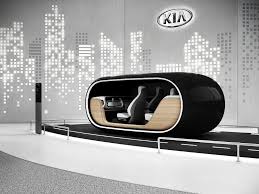 Your car as a third space for health. True to my Detroit birth-roots, I’ve been following connected cars for health and well-being for several years. In 2017, I wrote about your car as a mobile platform for health, a new definition for the phrase “mHealth.” This year we’ll see more concept cars embedding health, wellness and well-being (HWW) that are using AI to feed back data and coaching to the driver. Last year, Kia worked with Affectiva, demonstrating a car that could sense a passenger’s mood and emotions, triggering the use of aromatherapy and lighting to bolster the person’s well-being. My 2017 post in Health Populi explained Mercedes-Benz’ prototype for health using scents and music to boost the passenger’s energy or calm a stressed person down. This year, connected cars will incorporate more data analytics, safety objectives, voice and camera devices for cars to evolve toward business models for health. A key part of a business model could be a consumer’s willingness to trade-off personal information about their time in the car with, say, a discount for car insurance or other financial inducement.
Your car as a third space for health. True to my Detroit birth-roots, I’ve been following connected cars for health and well-being for several years. In 2017, I wrote about your car as a mobile platform for health, a new definition for the phrase “mHealth.” This year we’ll see more concept cars embedding health, wellness and well-being (HWW) that are using AI to feed back data and coaching to the driver. Last year, Kia worked with Affectiva, demonstrating a car that could sense a passenger’s mood and emotions, triggering the use of aromatherapy and lighting to bolster the person’s well-being. My 2017 post in Health Populi explained Mercedes-Benz’ prototype for health using scents and music to boost the passenger’s energy or calm a stressed person down. This year, connected cars will incorporate more data analytics, safety objectives, voice and camera devices for cars to evolve toward business models for health. A key part of a business model could be a consumer’s willingness to trade-off personal information about their time in the car with, say, a discount for car insurance or other financial inducement.
The mouth as gateway to health. Oral care is a huge consumer packaged goods category for self-care, and the electronics aspects of toothbrushing has heated up in the past few years. Last CES, Philips Sonicare line introduced a tele-dentistry program which connected consumers to dentists in the community. At CES 2020, Colgate, the toothpaste and oral care brand favorite is rumored to be introducing a new smart toothbrush. Colgate has been collaborating with Apple Health and Research Kit for over a year, so we can expect collaborations like this to be expanding to oral care – where evidence has been building connecting physical health (such as diabetes, heart conditions and stroke) to oral health.
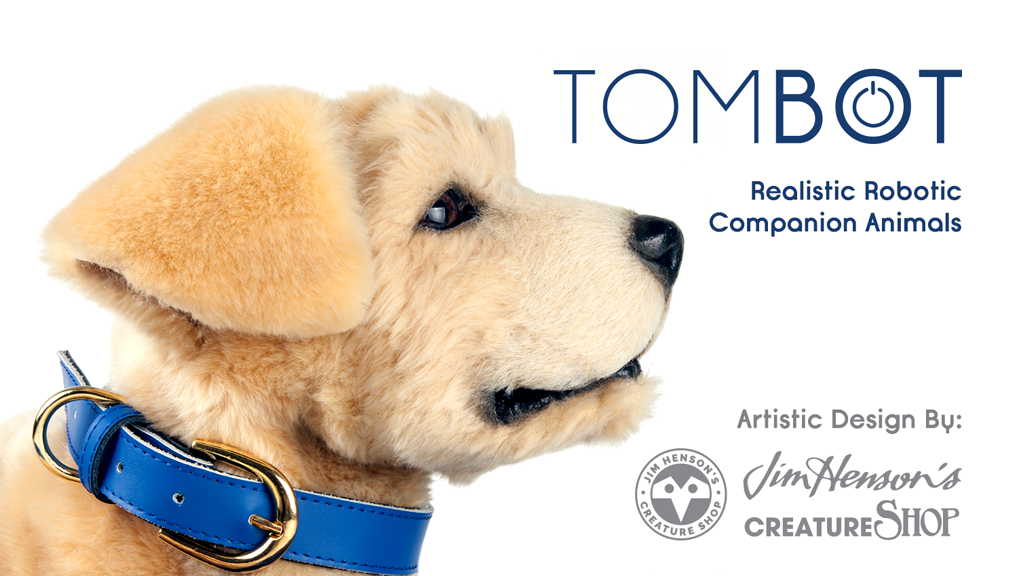 Caregiving is the new black – watch for voice and robots to help
Caregiving is the new black – watch for voice and robots to help
The Longevity Economy is an important through-line at CES 2020 with the likes of Philips Lifeline, Samsung’s piBo the robot, LiveFreely’s Buddy, Addison the Virtual Caregiver (who first appeared last year), and PECOLA, the “Personal Companion for Older People Living Alone” which is an honoree in the Smart Home category this year. I expect to see more such developments that will enable people to age-in-place longer. No question, too, that Alexa and other voice assistants will continue to have skills developed aimed at enhancing older peoples’ lives and ability to stay in their homes safely and securely. Laurie Orlov, author of the Aging in Place Technology Watch, writes in her new report on Voice, Health and Wellbeing 2020 (launching today at CES) that voice technology is particularly suited for older adults and those with disabilities. Laurie’s pioneering research into the voice market for health and wellness found that, “speaking to a device was going to be one of the most significant technology enablers for seniors, their caregivers and families.” In addition to voice, we’ll find more robots featured at CES across applications; I look forward to meeting and petting TomBot, a robotic puppy that was designed with folks from Jim Henson’s Creature Shop. While it looks like a toy, TomBot was designed for people dealing with dementia.
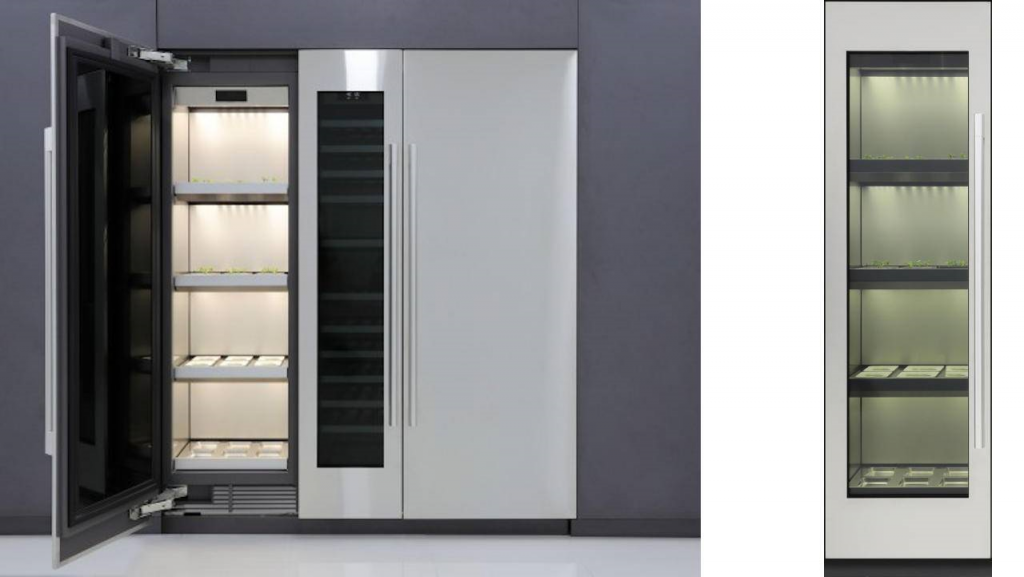 Food-tech for health. With growing attention to the role of food in health and local food gaining traction in many parts of the world, 2019 ushered in a new era of grocery chains bringing agriculture inside their brick-and-mortar stores. Walmart and Kroger have both entured into this area. Increasingly, as consumers take on more DIY lifestyles, gardening and especially home-growing healthy food is an expanding market. At CES 2020, LG will announce an indoor gardening appliance as part of this growing movement among people keen to know the provenance and quality of their food and living healthier, greener lifestyles, LG observed in its press release.
Food-tech for health. With growing attention to the role of food in health and local food gaining traction in many parts of the world, 2019 ushered in a new era of grocery chains bringing agriculture inside their brick-and-mortar stores. Walmart and Kroger have both entured into this area. Increasingly, as consumers take on more DIY lifestyles, gardening and especially home-growing healthy food is an expanding market. At CES 2020, LG will announce an indoor gardening appliance as part of this growing movement among people keen to know the provenance and quality of their food and living healthier, greener lifestyles, LG observed in its press release.
The home as health hub. At CES 2019, I happened upon Stanley Black & Decker. To me, the company has been long associated with DIY home-making, supplying my family with quality tools that help us make our house our safe and comfortable nest. Last year, the company’s innovation team in Boston launched SB&D’s entry into health through the prototype of Pria, a medication adherence concept, which I discussed here in Health Populi.
From Stanley Black & Decker, I point you to Whirlpool, with whom I met several years ago at CES 2015 when I looked up to the ceiling to see the company mantra, “Every day, care.” I thought to myself, “wait – these are home appliances” in this lovely homey booth. Fast forward to today, and Whirlpool is bolstering social determinants of health via the #CareCounts program, granting washing machines to schools that help students stay in school wearing clean clothes. This bolsters education which further reinforces a young person’s odds of finishing school, getting a good job, and increasing income opportunities and financial health.
These factors, my friends, underpin economic justice, health equity and longer quality life-years.
Big Tech and Health at CES: privacy and products. Of course, Big Tech companies will be at CES – Google, Facebook, Amazon, and this year for the first time in a long time, Apple, will all feature developments. Bloomberg’s story noted that the last time someone from Apple spoke at CES was in 1992 when Richard Sculley was on the dais. Apple’s decision to attend this year has been widely covered in tech media, with the overall headline that Jane Horvath, Apple’s Senior Director of Global Privacy, will speak at CES during a roundtable discussion about digital privacy. She’ll talk alongside top execs from Facebook, the USA’s FTC regulator, and Procter & Gamble. Apple is not expected to make a big product announcement at CES2020, but those of us in health/care should be mindful that this privacy discussion is a critical pillar in health data – especially as California’s CCPA is now enacted in this new year, and the GDPR is fully in force through Europe.
 Beyond my own checklist, you can check out what’s next and new at CES 2020 in this CTA press release: there’s health embedded everywhere as I see it, which is why I spend an entire week at this conference to meet up with folks innovating in autos, on TVs, via fast connections, in media, building smart cities, washing laundry, sex health and, yes, medicine and wellbeing, too.
Beyond my own checklist, you can check out what’s next and new at CES 2020 in this CTA press release: there’s health embedded everywhere as I see it, which is why I spend an entire week at this conference to meet up with folks innovating in autos, on TVs, via fast connections, in media, building smart cities, washing laundry, sex health and, yes, medicine and wellbeing, too.
I conclude HealthConsuming in a few paragraphs under the section heading, “Home is not just where the heart is: it’s our health hub.” At #CES2020, we’ll see more connected “things” in the IoT for health and wellness at home and in our vehicles. There a global trend for self-care bolstered by over-the-counter products, exercise equipment and subscriptions, food-as-medicine, direct-to-consumer genetic and ancestry testing, and to be sure, digital health tools taking the form of wearable tech, remote health monitors, and data mash-ups.
There will be plenty of technologies and “things” to explore that can help our health. Tech and things won’t be the barriers to improving health. Public policies, lagging regulations, economic opportunity, political will, and our personal commitments to owning rather than “renting” our health, will be the limitations to tech realizing its full potential for health and wellness in 2020 and beyond.




 Thanks to Feedspot for naming this blog, Health Populi, as a
Thanks to Feedspot for naming this blog, Health Populi, as a